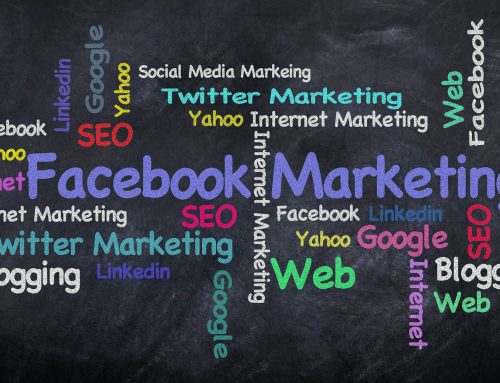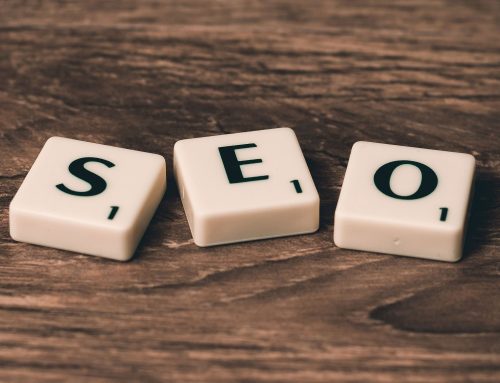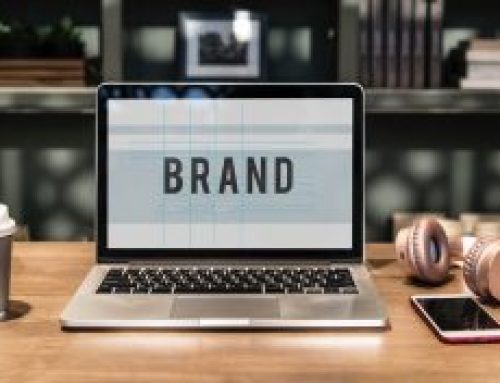Questions to Ask a Client When Building a Brand
So, you have a potential new client who’s coming to you to build a brand? How exciting! Kickoff meetings are pertinent in meeting your potential client in person, and get a better understanding of what they look to accomplish with you. Building a brand is a much larger task than just designing an icon or logo – it’s setting a standard for a company as a whole, and telling the world who this new brand is. Make the most out of your kickoff meeting – ask these questions to get conversation rolling and a better idea of how you’re going to build a new brand.
What is the company, and what industry is it a part of?
In a kick-off client meeting it’s important to understand the details of the company to get a better grasp on all facets of the business and industry. However, once you get all of the info, it’s important for you and the client to figure out the answer to this question in a more concrete way – like an elevator pitch. After all, you can’t write out an essay for a logo – you need to be able to concisely tell a story about your brand.
What problem do you solve for your customers?
This question might be part of the previous question, but can also be an integral part of what sets your company apart from the competition. What is the purpose of the company? The answer to this question may also be the client’s mission statement. Make sure to jot down any taglines or mission statements the client may have.
What do you like / dislike about your current brand perception (if applicable)?
Some clients may already have a brand and want to change their brand (aka a rebrand) – if this is the case, try to pick up on what they like and dislike about their current situation. If the client comes to you without any branding, ask what they like or dislike about their industry as a whole, or what they like or dislike about their competitors in the industry. These answers will give you an idea of what to focus on and what not to incorporate into the new brand.
What is your brand name (if they have one)?
Some clients come to you with an existing name in mind, while some are literally starting from scratch and do not even have a brand name. Sometimes clients come to you with some ideas, or want to change what they already have. Understanding more about the company itself and the brand personality can be key factors in brainstorming new name ideas.
Does your brand have a unique story?
People bond with one another through stories. It’s a way to understand one another, relate to one another, even sympathize with one another. Many businesses have great stories behind them, which is what makes the brand as a whole even greater. A note or a fact from a story can turn into a subliminal message in the branding. Interesting stories captivate attention and can help in building a unique brand.
What are some adjectives that describe your team and the brand culture?
Not only do you need to understand the voice of the brand as whole, but you need to know what the team/employees are like, and what the brand culture is. Is it welcoming? Trustworthy? These descriptors will help guide your design to visually communicate these traits.
Who are your competitors?
Knowing who your client’s competitors are is crucial to the branding process. Competitors are a great comparative piece in creating a brand. If your client admires its competitors, understand what about the competing brands stands out. Or, if your client detests its competitors, also understand the reasoning behind that. Imitation might be a form of flattery, but not in the world of trademarks.
Who are your customers?
Yes, this is a vague question, that comes with a lot of sub-questions. Understanding the target audience is vital to brand development. You need to understand who you’re marketing to, and what the best strategy is in going about that. So, specifically, try and find the answers to:
Demographics:
- Age
- Gender
- Race/Ethnicity
- Location
- Education Level
- Income Level
- Occupation
- Religion
- Marital Status
Psychographics:
- Lifestyle
- Activities and Interests
- Values
- Attitudes
- Social Class
- Personality
These are some of the most basic, yet most important pieces of information for building a brand and marketing strategy. For instance, building a brand and logo for a cosmetic company for older women with skin impurities would look completely different from a cosmetic company for teens and young adults who are looking for nightlife makeup.
What brands do you admire?
This question is pretty open-ended. The answer does not have to be an example from the client’s industry – if your client is in the food industry, but loves the clean, sleek look and feel of the Apple Inc., that still helps you as the designer to understand what direction to take the client’s brand.
What makes your brand different?
What sets your brand apart from hundreds or thousands of similar companies who offer the same thing? Dig for a deeper answer to make sure you truly understand what makes this brand unique – this will help in making the logo and other branding pieces unique.
What is your brand’s personality?
It’s key to know the target audience’s personality, but it’s also key to understand the brand’s personality. There may (and probably will be) multiple descriptors for the brand’s personality. After all, human personalities are multifaceted – brands are too! Below is a list of descriptive words if your client is having a hard time answering this question:
- Bold
- Funny
- Witty
- Optimistic
- Friendly
- Conservative
- Firm
- Modern
- Elegant
- Pure
- Private
- Sarcastic
- Gentle
- Stylish
- Wise
- Trusting
- Youthful
- Spontaneous
- Simple
- Honest
- Scholarly
- Dramatic
- Decisive
- Competitive
- Creative
- Charming
- Adventurous
Another way to go about asking this type of question is to give opposing characteristics, and ask the client to place the brand between the two characteristics. Here is a list of opposing characteristics:
- Masculine / Feminine
- Simple / Intricate
- Neutral / Colorful
- Fun / Serious
- Professional / Casual
- Modern / Classic
- Sporty / Elegant
- Extreme / Safe
What are your long-term goals?
Make sure this company is one that won’t become outdated in the near future. You want to make sure the client has long-term goals, and is confident in planning for the future. Mentions of longevity are not only good for that business, but for you as a designer, who could likely be working with this company for the foreseeable future.
Stylistically, what kinds of colors, fonts, are you drawn to / do not like?
Diving into the design aspect of branding, it’s critical to understand popular styles of the client’s industry and colors/fonts used for your client’s competitors. Are there certain colors that should be avoided in that industry? For instance, if you’re creating a brand for a law firm, neon yellow should not be in the brand’s color palette. There is so much research that has been done on color and psychology, and it’s good to have a basic understanding of color theory when starting to develop a brand. It’s also important to ask your client their own personal style preferences – colors, fonts, etc. Some clients already know what colors they want to use, other clients like to leave it to the designers to choose.
Building a brand is a much larger task than meets the eye. You must convey “who” this new company is – this means using colors, shapes, fonts, icons, photography, copy, taglines, and more. The best way to make a meaningful and impactful brand is to have a kickoff meeting with the client, and ask them the questions listed out above. You can even create a questionnaire to send to potential clients before the kickoff meeting, so they have time to think about these questions before meeting you.
Prizum Creative loves branding, and has built numerous brands across an array of industries over the years. Check out our branding & logos gallery. Like what you see and want to learn more? Contact us today. Let’s get creative, let’s build your brand.





